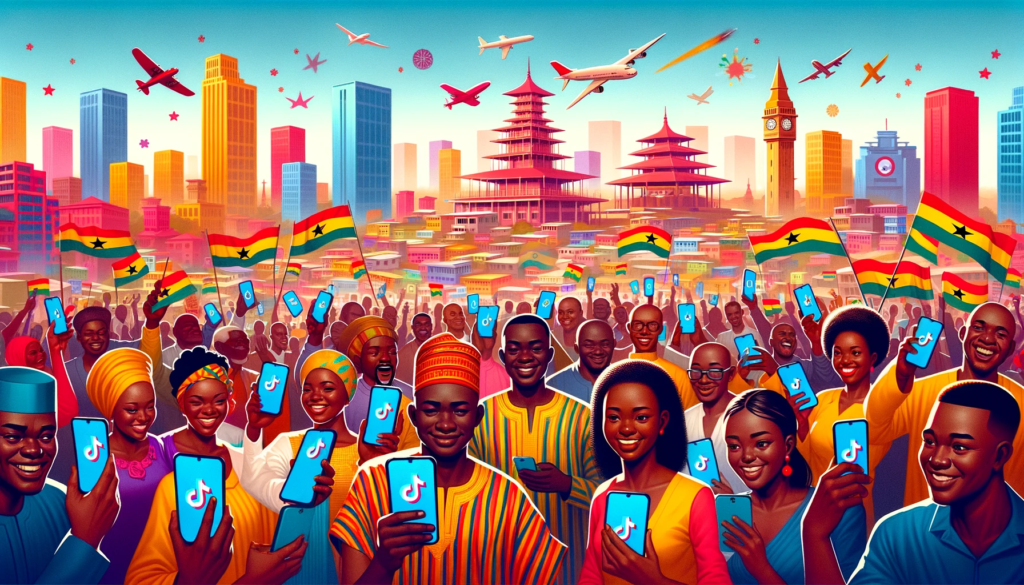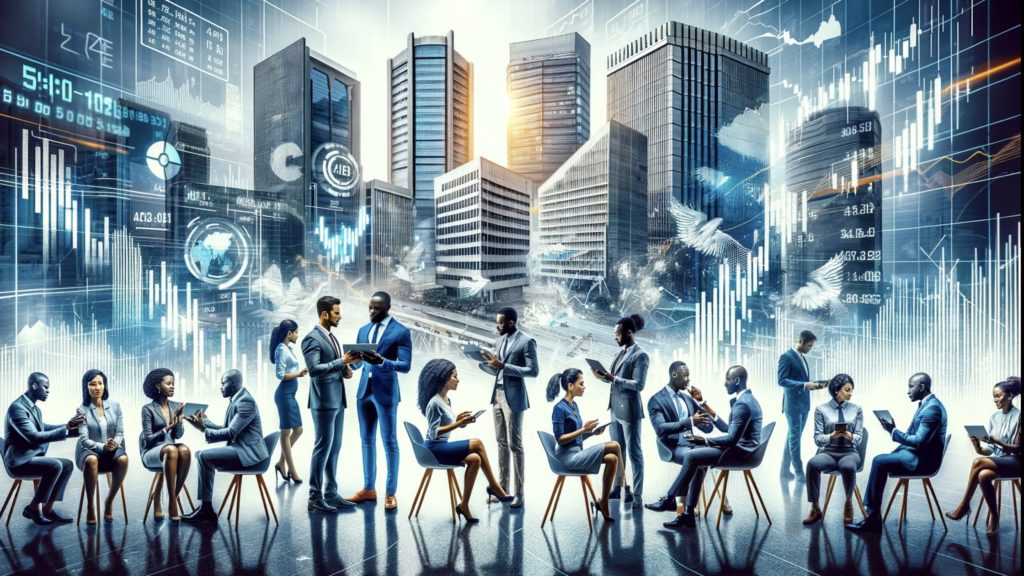My Dual Journey in Fundraising and Funding
THE FUNDRAISER’S MINDSET I am always first to admit that upon returning home from London to Accra (Tema, to be precise), I was so eager yet so unknowingly green. I set sail with a cargo of dreams and ‘book-long’ strategies, ready to conquer the vast ocean of the African Business Sector. The first waves of reality hit hard. Proposals were crafted with passion, events laced with enthusiasm, but the winds were not always favourable. It was a cycle of pitches and pleas, often met with polite nods but closed wallets. I realised that to reach my destination, I needed more than just a good story and a noble cause. I needed to chart the waters from the funder’s point of view. It was a revelation that came to me not in the quiet of my office or my home study but in the hustle of an event with Founder Institute, where I formally slipped into the role of a funder. Surrounded by a sea of fundraisers, I was on the other side of the conversation, and the view was startlingly different. I had funded initiatives before, but this was the first time I really, really connected the dots. As a funder, I was no longer the suitor; I was the courted, the one being wooed by endless streams of ideas and appeals. This new vantage point is illuminating. Years ago, as I listened to pitches that spoke of how their projects would change the world, I realised in real time how so few spoke to me, to my goals as a funder, to the change I wished to see in Ghana, in Africa. The rare few that did were the ones that captured my attention. They stood out not just for their clarity and conviction but because they spoke MY language; they aligned with MY vision. I quickly wrote a mental program to run how I sail the seas. My dual experience became my compass. As a fundraiser, I began to weave the funder’s language into my narratives. I mirrored their values, addressed their goals, and acknowledged their challenges. I didn’t just offer them an opportunity to give. I offered them a partnership in a vision they could see themselves in. Most importantly, I DID THE WORK THEY WANTED TO SEE. I built a track record that I can speak to and that they can see aligns with them. And the tide began to turn. When a fundraiser understands that alignment is the key, they unlock not just funding but also long-term relationships and success. THE FUNDER’S MINDSET When I am in the funder’s chair, it is more like a chessboard. Here, every move matters; every pitch is a potential gambit, and I am always looking for a strategy that promises not just success but also alignment with my own objectives. I meticulously peer into the souls of projects, seeking more than just innovation and passion. I look for the threads that connect my values to their vision. I have come to realise that the pitches that stand out are not those that shout the loudest but those that speak directly to me and my team’s vision, in a language that resonates with my worldview. Currently, that language is that of my heightened expectations for Risk Management & Earned Value Management, but that’s beside the point. I’ll get back on track. I have come to understand that a funder is not an ATM for worthy causes. A funder is a partner in a venture that fits within the larger puzzle of their ambitions and plans. As a funder, the proposals that catch my eye are the ones that acknowledge this. They don’t just present a need; they offer a solution to a problem I am keen to solve. I remember one pitch in particular. This pitch was not the slickest nor the most polished, but it spoke of community impact in a way that matched my desire to foster local development. They had done their homework, they knew what I cared about, and they showed me a future where my contribution could make a tangible difference. This was the key to unlocking my support. It wasn’t the general promise of ‘helping others’ but the specific vision of helping in a way that mattered to me. It was about shared goals, not just shared generosity. Through these experiences, I extracted insights I would carry back across the chessboard. The successful fundraiser doesn’t just understand their own needs, but they also delve deeply into the funder’s world. They learn what drives a funder, what concerns them, and what excites them. They don’t just pitch a project, but they present a partnership that fits snugly into the funder’s aspirations. The lightbulb was on, and I got to work to make my walk, match my talk. I will reiterate that if you do not put in the actual work, the best pitch could still fall flat on its face. PRACTICAL TIPS FOR FUNDRAISERS Now, I am no longer about selling a concept. In fact, from 2024, it will be a lot about storytelling in a way that weaves my funders into the narrative. I have a slot on the primetime Evening News on local TV and DsTV. I maintain my column in the largest print publication of business news in Ghana, my podcast will be going on tour, and our Impact fora will be telecast widely. Fundraising is an art as much as it is a science. It’s about finding resonance, creating connections, networking, and ultimately, understanding and sharing a vision that is as much the funder’s as it is your own. The story is no longer yours alone. Here are some practical tips that crystallised from this philosophy: Tip 1: Research is Key. Before any pitch, deep dive into the funder’s world. Read their past annual reports, understand their funded projects, and grasp their strategic vision. This background work guides you to tailor your message, ensuring you’re not just shooting arrows in the
My Dual Journey in Fundraising and Funding Read More »




